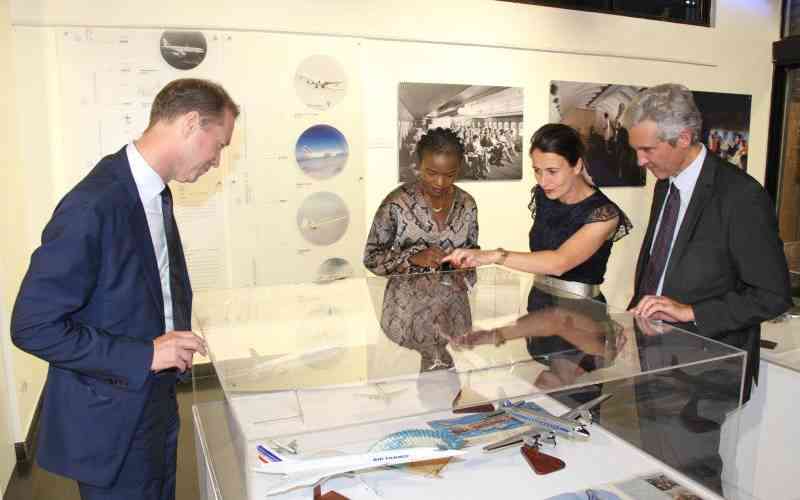IATA: Plummeting Fuel Costs Poised to Boost Airline Profitability
The global aviation industry is currently experiencing a significant boost in strength and momentum, primarily driven by a substantial decrease in global oil prices. This reduction has led to a corresponding drop in the cost of jet fuel, easing financial pressures on airlines and enabling them to offer more competitive ticket prices. This development is crucial as the sector navigates ongoing economic uncertainties and shifting market demands.
Jet Fuel Costs and Airline Finances: Jet fuel traditionally stands as the largest single operating expense for airlines, often constituting 30% to 40% of their total expenditures. Consequently, the recent fall in crude oil prices, and subsequently kerosene, provides significant financial relief. Willie Walsh, head of the International Air Transport Association (IATA), has underscored that this positive change serves as a powerful buffer, helping the aviation industry weather economic turbulence with greater resilience.
Economic Uncertainty and Demand Caution: Despite the advantages of lower fuel costs, airline operators remain cautious about the broader demand outlook. Macroeconomic factors, notably trade tensions sparked by tariffs imposed during the Trump administration, continue to cloud the industry’s horizon. These policies have tangled global supply routes, shaken business confidence, and caused a decline in the appetite for international travel. As a result, airlines are adjusting forecasts and reassessing capacity and pricing strategies in response to lower consumer spending and corporate travel cutbacks in affected markets. Cheaper fuel, while beneficial, cannot fully mitigate the effects of subdued demand.
The Double-Edged Sword of Fuel Price Declines: While reduced fuel costs improve airlines’ cost structures, they also impact overall revenue. Lower ticket prices, intended to attract consumers and boost sales volumes, may mean airlines earn less per passenger. Walsh acknowledged this paradox, explaining that "while cheaper tickets can boost sales volumes, the overall industry revenue can still decline." This highlights the delicate balance airlines must strike. Additionally, the industry faces ongoing challenges from rising labor costs, environmental regulations, and the need for fleet modernization.
Industry Leaders Convene: Against this complex backdrop, senior executives from airlines, manufacturers, regulators, and other stakeholders are gathering in New Delhi for the annual IATA General Meeting. This conference serves as a pivotal forum for discussing current challenges, emerging trends, and strategic priorities. Willie Walsh is scheduled to present a detailed outlook on the industry’s financial performance, highlighting profitability projections and revenue trends, an assessment keenly awaited by the industry.
Navigating the Future: Growth, Sustainability, and Innovation: Looking ahead, the aviation sector is focusing not only on immediate cost management but also on longer-term sustainability and growth strategies. The push for greener technologies and alternative fuels is gaining momentum, with airlines investing in more fuel-efficient aircraft and exploring sustainable aviation fuels (SAF) to reduce their carbon footprint. Innovation in digital technologies, such as enhanced booking platforms and customer experience tools, also plays a crucial role in shaping future competitiveness. Moreover, the rise of new markets and expanding middle classes in emerging economies present growth opportunities, balancing challenges in mature regions.
Conclusion and Outlook: The global aviation industry is currently benefiting from the reprieve provided by lower oil prices, which helps alleviate significant operational costs and supports more affordable fares. However, airlines remain vigilant as they prepare for a potentially volatile market environment, balancing cost advantages against fluctuating passenger volumes and ongoing operational pressures. The upcoming IATA meeting in New Delhi is expected to offer valuable insights into how the industry plans to navigate these complexities, emphasizing resilience, innovation, and sustainable growth.












